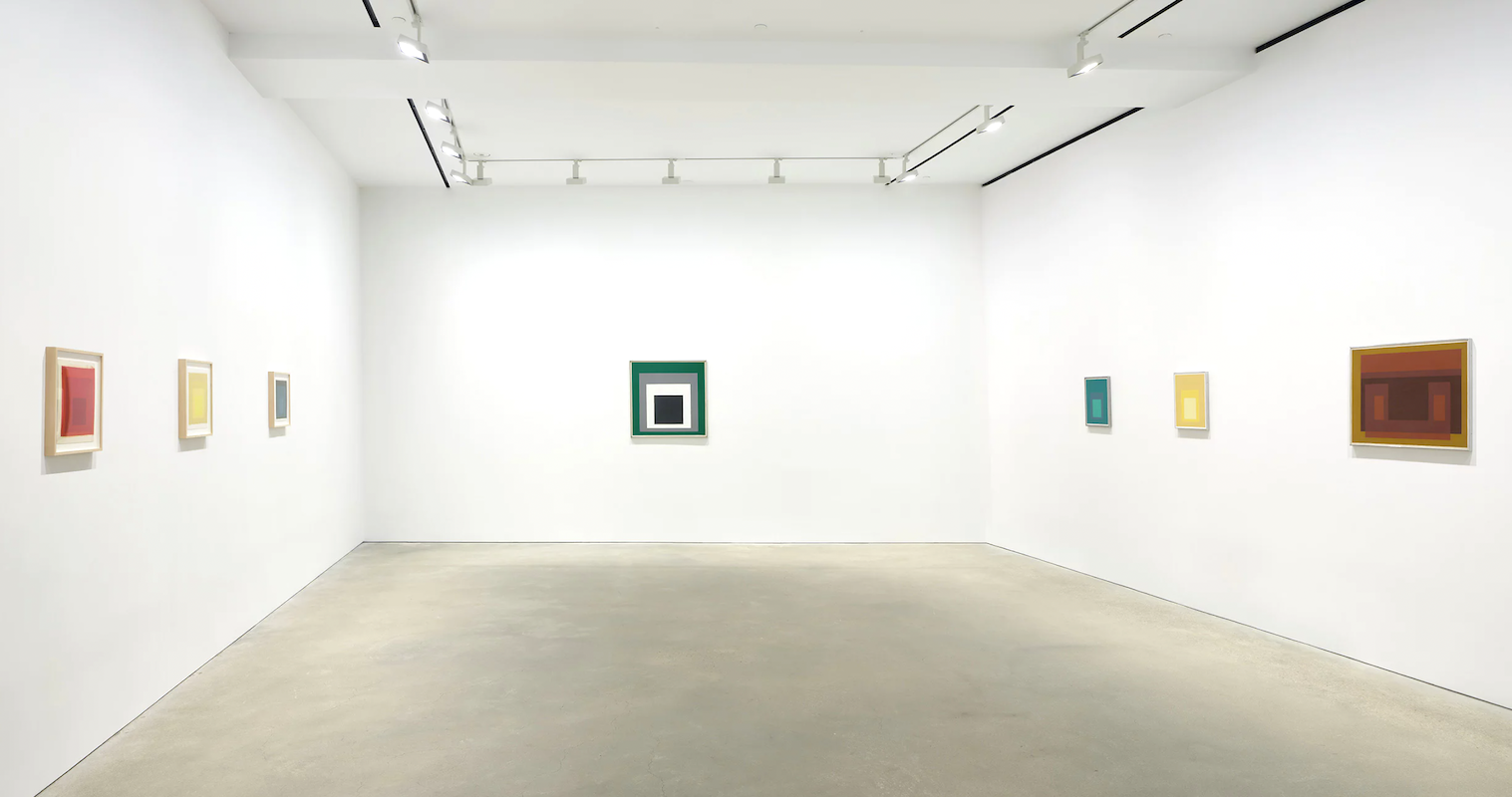

Primary Colors
WHAT
Josef Albers (1888–1976) is considered one of the most influential abstract painters of the 20th century, but he was also as a designer and an educator. Albers’s artistic career, which bridged European and American modernism, was focused on an investigation of colour and spatial relationships. He worked with simple geometric forms to produce the effects of chromatic interaction, in which the visual perception of a colour is affected by those adjacent to it. This in turn created plays of space and depth. The show features works by Albers from as early as the 1930s, a transitional period for the artist when he and his wife had immigrated to North Carolina (founding the art department at the famous Black Mountain College); works he made before his death in 1976 are also featured.
WHY
Curated by Brenda Danilowitz, chief curator of The Josef and Anni Albers Foundation, the show is a focused examination of how the primary colors red, yellow, and blue, along with black, encompassed an infinite range of chromatic possibilities for Albers, which he explored throughout his career. The exhibition coincides with a major retrospective exhibition of Albers’s and his wife and fellow artist Anni Albers’s art at the Institut Valencià d’Art Modern (IVAM), Valencia, Spain. On view are several paintings from Albers’s Homage to the Square series, his most celebrated body of work.


